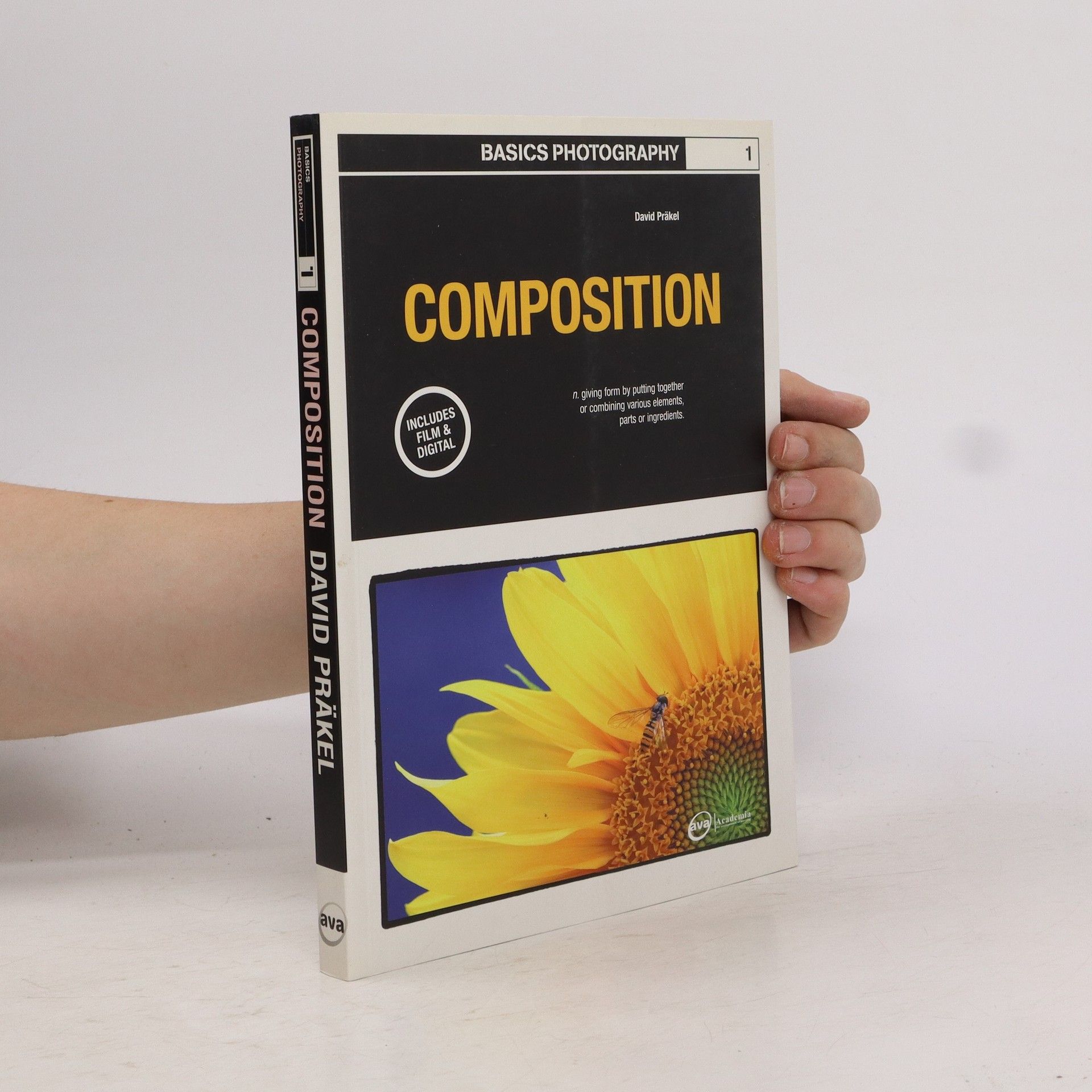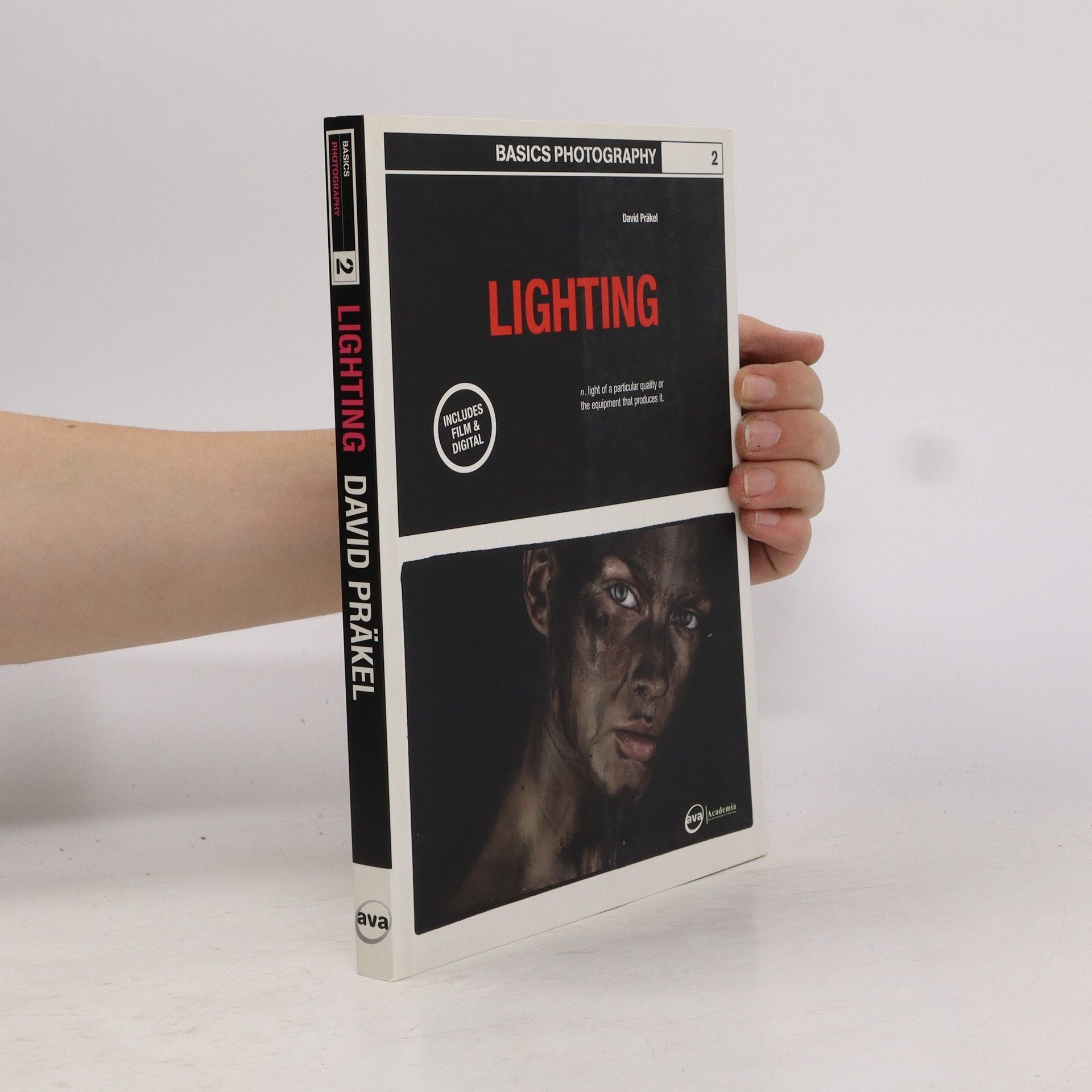The Compassionate Connection
- 304pages
- 11 heures de lecture
An innovative approach to enhancing health and strengthening relationships through the art of human connection.
Aucun détail sur l'auteur n'est mentionné dans le matériel source.






An innovative approach to enhancing health and strengthening relationships through the art of human connection.
The first book in the series, Lighting , is essentially about how you see. Artists paint with oils or watercolors, photographers paint with light. It is the fundamental ingredient of every photo. How a shot is lit can greatly change the feeling it gives the viewer. Whether bright and happy or dark and moody, light is a very useful tool, but it is not always possible to control (unless you can afford a studio) and so this book aims to teach readers how to make the best with what they have. It is split into five sections, which will study the natural light, controlled light, artificial light, and capturing light. The final section uncovers different methods of capturing images using light in a creative way, like camera-less images known as photo grams, or holding sparklers in front of an open shutter. The final section will inspire both students and those wising to push their creative boundaries.
One of AVA's most successful publications to date, Basics Photography 01: Composition teaches the formal elements of composition, how to organize space within the photographic frame, and how to apply composition in real-world situations. It shows how to create original, compelling images through an active and enquiring approach to composition.
The Visual Dictionary of Photography provides clear definitions of key terms and concepts, backed up by hundreds of illustrative examples. Covering practical terms, it deals with the terminology of both digital and traditional photography. David Präkel has produced an invaluable resource for anyone interested in photography, lens-based media and related visual arts. This book serves not only to explain terms and words but also acts as a source of inspiration, encouraging exploration through understanding.Over 250 terms are explained and contextualised, with concise definitions accompanied by illustrations and examples taken from historical and contemporary photography.The dictionary covers analogue terms still in current usage as well as modern digital terminology such as Raw format and High dynamic range. It also defines a wide variety of practical terms, including ISO speed, Backlighting and Noise, as well as conceptual terms and photographic styles, ranging from Photojournalism to Distortion.
A First American Edition with value and soundness
Focusing on professional photography, this book provides a thorough introduction to the essential principles and practical aspects of capturing impactful images. It emphasizes the importance of creativity tailored to client needs rather than personal expression. Readers will find valuable advice on communication, skill development, self-promotion, and image workflow, making it a practical resource for photographers aiming to succeed in a professional context.
Focusing on a contemporary approach to composition, this second edition delves into six core chapters that explore historical context and personal motivation, formal elements, and the interplay of space and time in photography. It also addresses practical composition techniques applicable to real-world scenarios, making it a valuable resource for photographers looking to enhance their skills.
Das Buch ist in sechs Kapitel untergliedert, in denen David Präkel die Bildgestaltung, ihre formalen Elemente und die Integration von Raum und Zeit in fotografische Bilder behandelt. Es werden klassische Werke großer Fotografen sowie kreative Alltagsfotos präsentiert, von denen einige speziell für dieses Buch erstellt wurden. Der Leser lernt Bildgestaltungstechniken anhand praktischer Beispiele und die Entwicklung eines persönlichen Fotostils kennen. Jede Idee wird isoliert betrachtet und im Kontext erläutert. Ein gut gestaltetes Bild ist entscheidend für die Wahrnehmung des Betrachters. Dieser Abschnitt behandelt die Organisation und die künstlerischen Ideen, die die frühe Fotografie prägten. Formale Elemente wie Linien, Umrisse, Tonwerte, Formen, Strukturen, Muster und Farben bilden das Vokabular der visuellen Sprache. Die Proportionen und die Platzierung eines Objekts in einem Foto beeinflussen, wie das Bild wahrgenommen wird. Zudem wird untersucht, wie man das Aussehen von Raum manipulieren kann. Die Fotografie hält die ständig bewegte Welt in statischen Bildern fest, wobei der Fotograf zwischen verwischter und eingefrorener Aktion wählen kann. Unterschiedliche Fotobereiche erfordern verschiedene Ansätze der Bildgestaltung, mit Vorschlägen für Fine Art, Landschaft, Akt, Porträt, Reportage, Werbung und Sport. Schließlich wird erörtert, wie man eine persönliche Sichtweise entwickelt und wie das „Brechen mit den Regeln“
Über 140 Fragen und Antworten bieten Hobbyfotografen einen Einstieg in die etablierte Kunstform der Schwarz-Weiß-Fotografie.